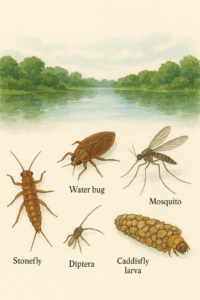In vitro evaluation the combination of Croton malambo extract with chemotherapeutic drugs
According to the Pan American Health Organization, cancer is one of the leading causes of death throughout the Americas. In 2012, it caused approximately 1.4 million deaths, with the largest group being those aged 69 or younger, representing 45.1%. Currently, there are various protocols and treatments defined for combating this disease, which has improved the life expectancy of patients.

The chemotherapeutic agents Doxorubicin and Paclitaxel have been the subject of controversy due to the adverse effects observed in some patients when administered in high concentrations, which has limited their clinical application. In view of this problem, the present study aimed to investigate the in vitro effect of Croton malambo bark extract on human cancer cell lines and its possible interaction with these drugs. Sulforhodamine B was used to evaluate the cytotoxic effects of the extract and the drugs on the cell lines. In addition, the nature of the interactions between the bark extract and the chemotherapeutic drugs was analyzed by calculating the combination index (CI). The results indicated that C. malambo extract shows no cytotoxic effects, but a cytostatic effect on the cell lines tested. Combinations of Doxorubicin with C. malambo allowed a 3.9- to 4.8-fold reduction in drug concentration to inhibit cell viability by 50% in the PC3 line, while a dose reduction index of 2.29 was observed in the MCF-7 line. As for the combination with Paclitaxel, only a synergistic effect on cell viability was evident in the PC3 line. These findings highlight the pharmacological potential of C. malambo essential oil and suggest the need for further studies both in vitro and in vivo to confirm its capacity for synergism and its potential to reduce the therapeutic concentrations of both drugs.
Keywords: Croton malambo, combination index, antitumor therapy, anthracyclines, synergism.
https://doi.org/10.47499/revistaaccb.v1i36.296







